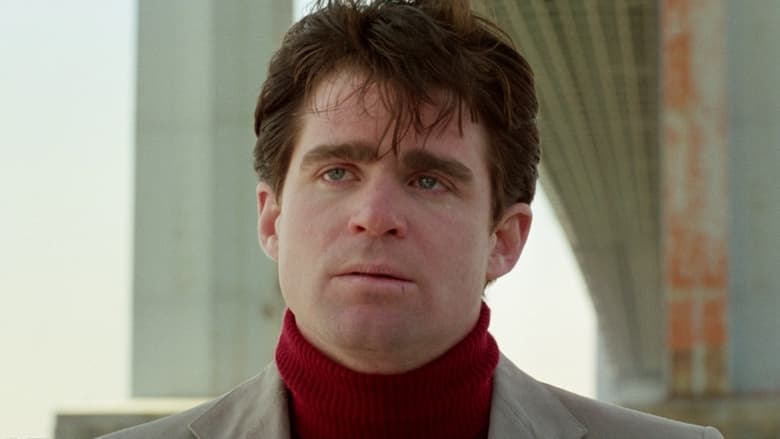
New York City has a unique cinematic heritage, backdrop to some of the most iconic films to ever grace the silver screen as well as the favorite playground of a long list of legendary directors. Throughout the decades, cinema has explored every last corner of the five boroughs, from the blinding lights of Times Square to the murky streets of the Bronx — depicting it both as a mecca for intellectuals and multicultural wonderland, and a den of debauchery and urban wasteland.
In the past fifty years, few directors have had their finger on the pulse of the city that never sleeps quite like Martin Scorsese. Not only is he one of the greatest living filmmakers, but also a voracious film viewer with an eclectic taste and encyclopedic knowledge. As such, we’ve decided to root through various interviews with the Queens native to stockpile ten essential New York movies that should immediately jump to the top of your watchlist. That being said, for the purpose of this list, being set in New York isn’t enough. Each of the following titles immortalize, in one way or another, the distinct hum and drum; the unique feel and hurried existence of living in this concrete jungle — rendering the city with all of its intimacy, grandeur, and allure. Without further ado, let’s dive in.
1. Shadows (1959, John Cassavetes)
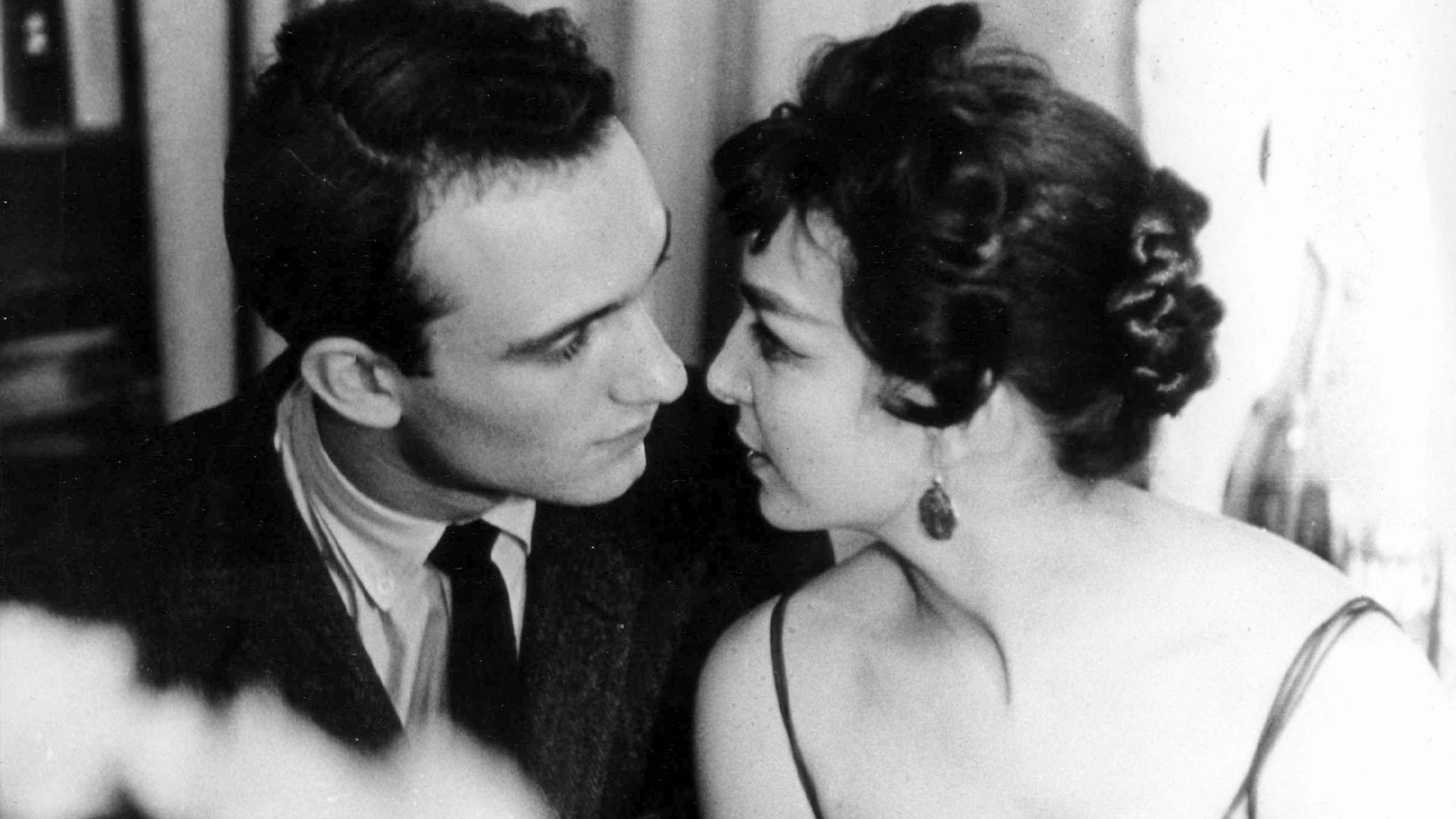
Most of the writing around John Cassavetes homes in on his outsized influence as a trailblazer of the New York indie scene — and for good reason. Even though “to be ahead of its time” has become an all-purpose truism in film criticism, Cassavetes’ films clearly fit the bill. His avant-garde 1959 debut would become the watershed film in the American New Wave and a fascinating window that looked into what the future of independent cinema was going to look like.
Mostly improvised and shot on location without permits, ‘Shadows’ was a bracingly progressive cutting-edge work at the height of the civil rights era that followed the romance between a light-skinned woman and a white man. “All of Cassavetes’ films were epics of the human soul,” says Scorsese. “He embodied the emergence of a new school of guerrilla filmmaking in New York, combining interpretive drama and an emphasis on character with a style that seemed to have the immediacy of documentary. In the process, he broke all the rules.”
During the early ’70s, Cassavetes became a mentor for Scorsese and welcomed him with open arms, getting him one of his first gigs ever as an assistant sound editor in one of his films. After ‘Shadows’, there were no more excuses for aspiring filmmakers, according to Scorsese. “If he could do it, so could we!”.
2. Sweet Smell of Success (1957, Alexander Mackendrick)
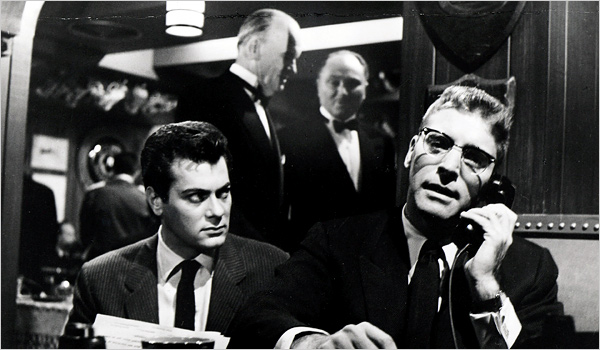
Alexander Mackendrick’s unsavory opus cast a mean eye on Broadway’s cesspool of depravity through a power-hungry press agent (Tony Curtis) and vicious gossip columnist (Burt Lancaster), who exercise all their power and pull every dirty trick in the book to smear an up-and-coming jazz musician.
In discussion with the American Film Institute, Martin Scorsese sung its praises as one of the hallmarks of the ’50s, a period he claims “show business, and what you could say in a movie” was beginning to change. “You had Stanley Kramer and Elia Kazan making very social conscious films, and then you had Otto Preminger breaking everything,” argued the veteran director. “At the same time, United Artists made ‘Sweet Smell of Success’, which is one of the most daring, startling, savage movies ever made about show business and power in this country coming out of the era of McCarthyism.”
The Great White Way has certainly never seemed as grimly sinister as it does in Mackendrick’s unflattering portrait of NYC.
3. Klute (1971, Alan J. Pakula)
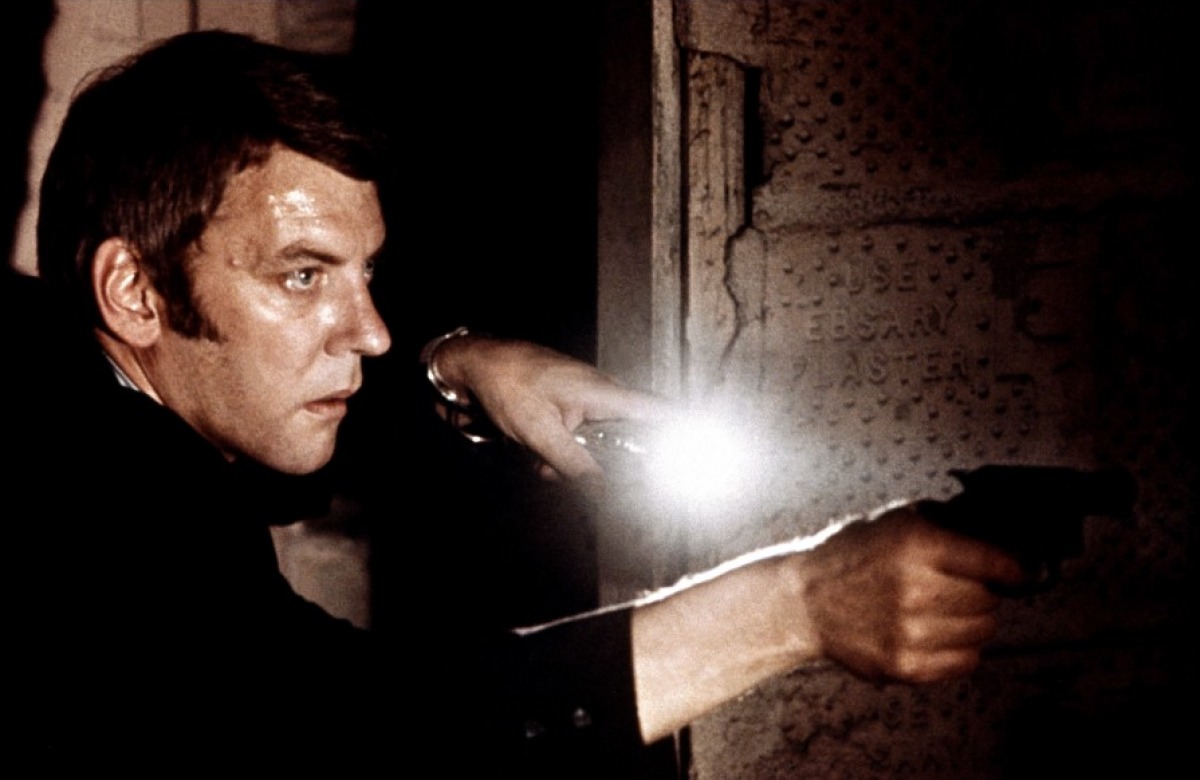
By the time the 1970s rolled around, the city seemed to be caving in under his feet. Many films — most notably Scorsese’s ‘Taxi Driver’ — tried to encapsulate the seedy underbelly of the Watergate-era New York City. But few directors did it with as much gusto as Alan J. Pakula, whose informal noir trilogy deftly articulated the cloud of fear and feverish paranoia that suffocated the five boroughs at the time. The first entry in the series, ‘Klute’, sees a mild-mannered small-town detective (Donald Sutherland) navigate the New York underworld with the help of a cynical call girl (Jane Fonda).
“There are movies that change the whole way in which films are made, like ‘Klute’, where Gordon Willis’ photography on the film is so textured, and, they said, too dark,” stated Scorsese, who included the pulpy thriller in the 85-movie list every filmmaker should see. “At first this was alarming to people, because they’re used to a certain way things are done within the studio system. And the studio is selling a product, so they were wary of people thinking that it’s too dark.”
4. Pickup on South Street (1953, Samuel Fuller)
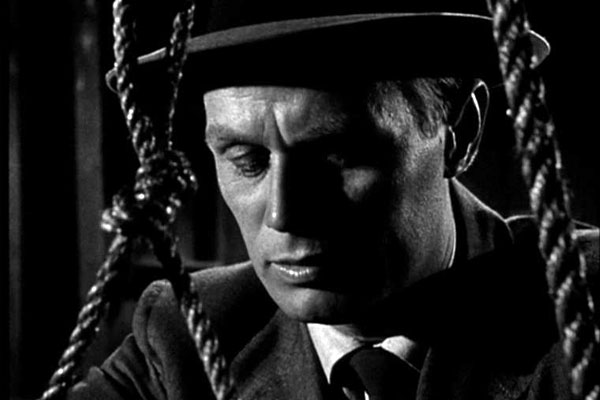
Petty pickpocket (Richard Widmark) sets off a cacophony of misunderstandings after stealing the wallet on the New York subway, inadvertently coming into the possession of a stolen government microfilm and triggering a manhunt by FBI agents and Communist sleeper agents alike.
Fuller, who worked as a New York crime reporter before sitting on the director’s chair, loaded this feel-bad story with noir flourishes before pushing its seemingly plain set-up many steps further — peeling back the curtain to expose the Red Scare hysteria of the ’50s. “It’s been said that if you don’t like the Rolling Stones, then you just don’t like rock and roll,” wrote Scorsese in his introduction to Fuller’s memoir. “By the same token, I think that if you don’t like the films of Sam Fuller, then you just don’t like cinema”.
Scorsese would go on to say that Fuller was one of the bravest and moral artists he’d known, and that it was impossible to imagine his own work without his influence and example. “Sam’s movies are blunt, pulpy, and occasionally crude,” he candidly stated. “But those are simply reflections of his temperament, his journalistic training, and his sense of urgency.” ‘Pickup on South Street’, often touted as Fuller’s crowning achievement, was featured on the 85-movie list the Italian-American personally curated for Fast Company.
5. Do the Right Thing (1989, Spike Lee)
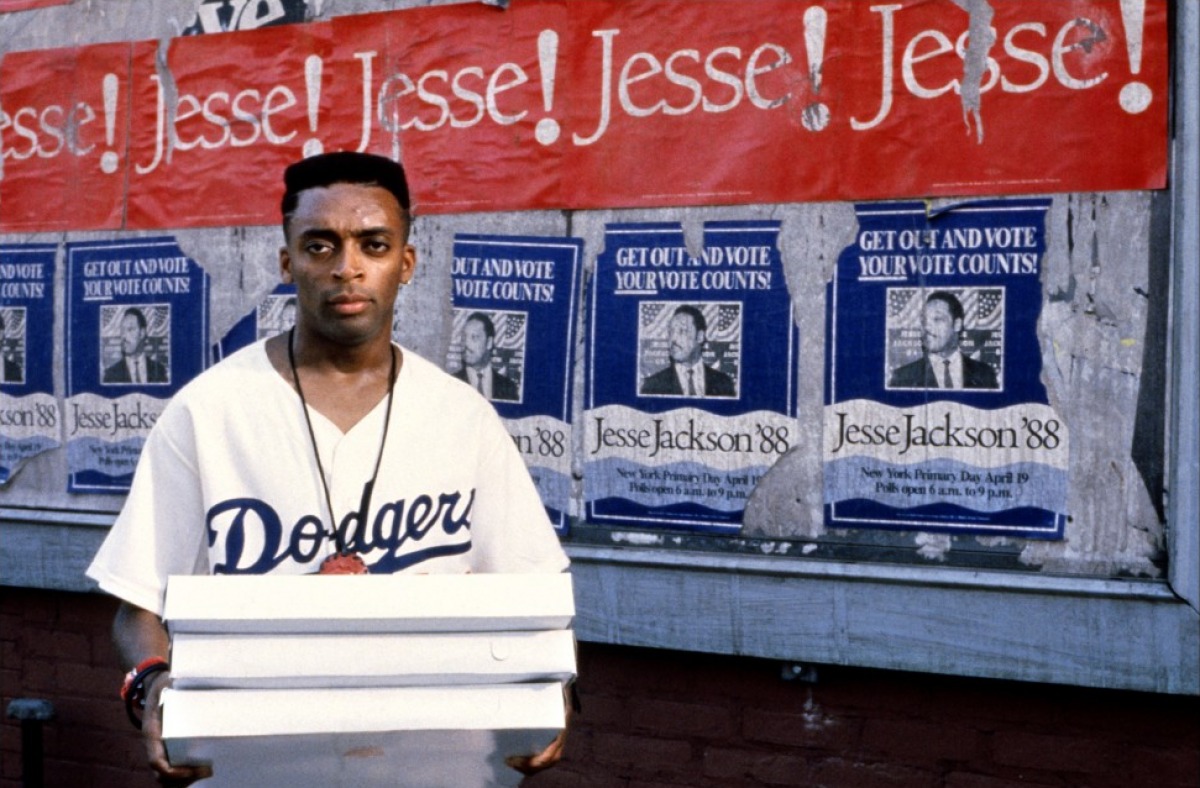
Over roughly twenty-four hours during the hottest day of the summer, simmering tensions begin to boil over on one block of Brooklyn’s pre-gentrified Bedford-Stuyvesant neighborhood. Spike Lee’s no-holds-barred treatise on racial warfare runs the gamut from cheerfully vibrant to scathingly somber — all with a disarming sense of urgency. For Scorsese, these comic swings shouldn’t be surprising for any New Yorker; as “living in the city has always been funny, ironic and brutal — at times ugly, but also beautiful — a grand opera just to get something done.”
He shares a close friendship with director Spike Lee ever since meeting at NYU, later on joining forces on the 1995 film ‘Clockers’ where he served as a producer. In conversation with Jason Bailey, the Italian-American noted how the film mirrors the sense of desperation and violence felt during that critical moment. “It was all there; you could taste it in the air. Hot summers — like in ‘Do the Right Thing’ — with the heat, everybody’s outside, they have no air conditioning, getting on each other’s nerves. The whole city was like that.”